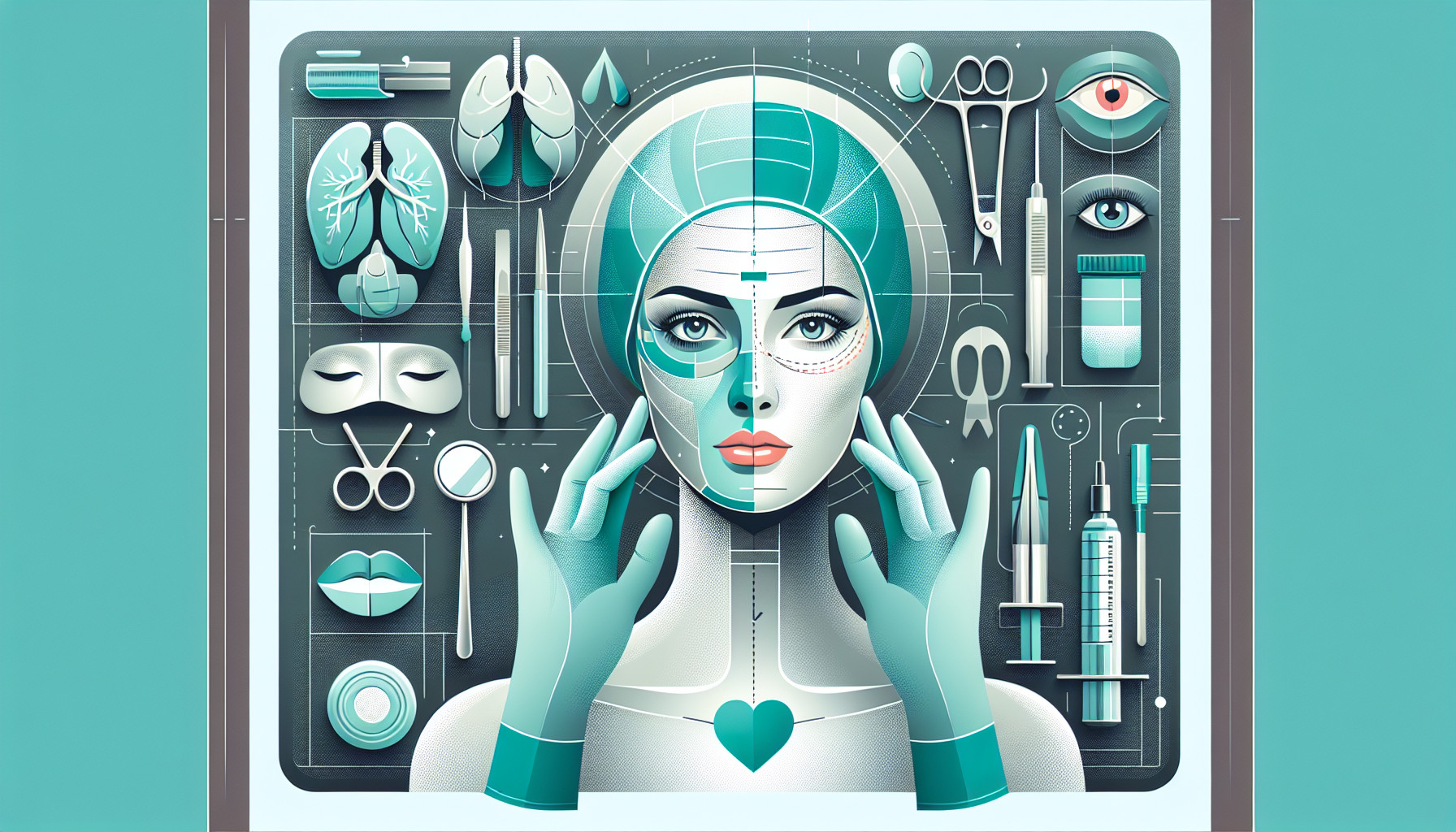Our Summary
This research paper discusses the importance of the eyes and surrounding area (the periocular region) in facial appearance and expression. Any changes in this area can cause imbalance and disrupt the harmony of the face, leading people of all ages to seek medical consultation. Blepharoplasty, a type of surgical procedure that corrects issues in this area, is commonly chosen for both aesthetic and functional improvements. The paper details the anatomy related to this procedure, reasons why someone might need it, preparations needed before surgery, the procedure itself, aftercare, and potential complications.
FAQs
- What is blepharoplasty and why is it commonly chosen?
- What preparations are needed before undergoing a blepharoplasty procedure?
- What are the potential complications of a blepharoplasty procedure?
Doctor’s Tip
One helpful tip a doctor might tell a patient about blepharoplasty is to follow all pre-operative instructions provided, including avoiding certain medications that can increase the risk of bleeding or interfere with anesthesia. It’s important to be well-prepared and follow the doctor’s advice closely to ensure a successful outcome and smooth recovery.
Suitable For
Patients who are typically recommended for blepharoplasty include individuals who have:
- Excess skin and fat in the upper eyelids, causing a heavy or droopy appearance.
- Baggy or puffy lower eyelids due to fat deposits or loose skin.
- Sagging lower eyelids that expose the white of the eye below the iris.
- Drooping eyelids that impair vision.
- Wrinkles and fine lines around the eyes that make a person appear older.
- Asymmetry in the eyelids, causing a lack of balance in facial features.
Overall, candidates for blepharoplasty should be in good physical health and have realistic expectations about the results of the procedure. It is important for patients to consult with a board-certified plastic surgeon to determine if they are suitable candidates for blepharoplasty and to discuss their goals and concerns.
Timeline
Before blepharoplasty:
- Consultation: The patient meets with a plastic surgeon to discuss their goals and expectations for the procedure. The surgeon will evaluate the patient’s medical history and examine the eyes and surrounding area to determine if they are a good candidate for blepharoplasty.
- Pre-operative assessments: The patient may undergo tests such as blood work and a physical examination to ensure they are healthy enough for surgery. They may also be advised to stop taking certain medications or supplements that could interfere with the surgery.
- Preparing for surgery: The patient will be given instructions on how to prepare for the procedure, which may include avoiding food and drink for a certain period of time before surgery.
After blepharoplasty:
- Recovery: The patient will experience bruising, swelling, and discomfort in the days following the surgery. They will be advised to keep their head elevated and apply cold compresses to reduce swelling.
- Follow-up appointments: The patient will have several follow-up appointments with the surgeon to monitor their healing progress and address any concerns or complications.
- Results: The final results of blepharoplasty may not be fully visible until several weeks or even months after the surgery. The patient can expect a more youthful and refreshed appearance in the eye area, with improved vision if the surgery was done for functional reasons.
Overall, blepharoplasty can have a significant impact on a patient’s appearance and quality of life, providing both aesthetic and functional benefits. It is important for patients to carefully consider the risks and benefits of the procedure and to follow their surgeon’s instructions for optimal results.
What to Ask Your Doctor
- Am I a good candidate for blepharoplasty?
- What are the potential risks and complications associated with the surgery?
- How long is the recovery period and what can I expect during that time?
- Will I need to take time off work or make any adjustments to my daily routine?
- What results can I realistically expect from the surgery?
- Will the results be permanent or will I need additional procedures in the future?
- How experienced are you in performing blepharoplasty surgery?
- What type of anesthesia will be used during the procedure?
- Can you show me before and after photos of previous patients who have had blepharoplasty?
- Are there any alternative treatments or procedures that may be more suitable for my specific concerns?
Reference
Authors: Bhattacharjee K, Misra DK, Deori N. Journal: Indian J Ophthalmol. 2017 Jul;65(7):551-558. doi: 10.4103/ijo.IJO_540_17. PMID: 28724810
